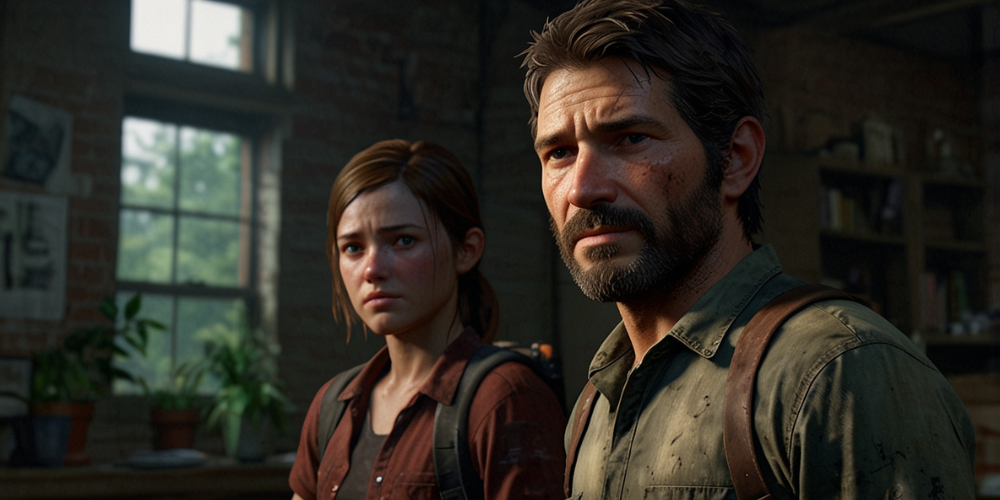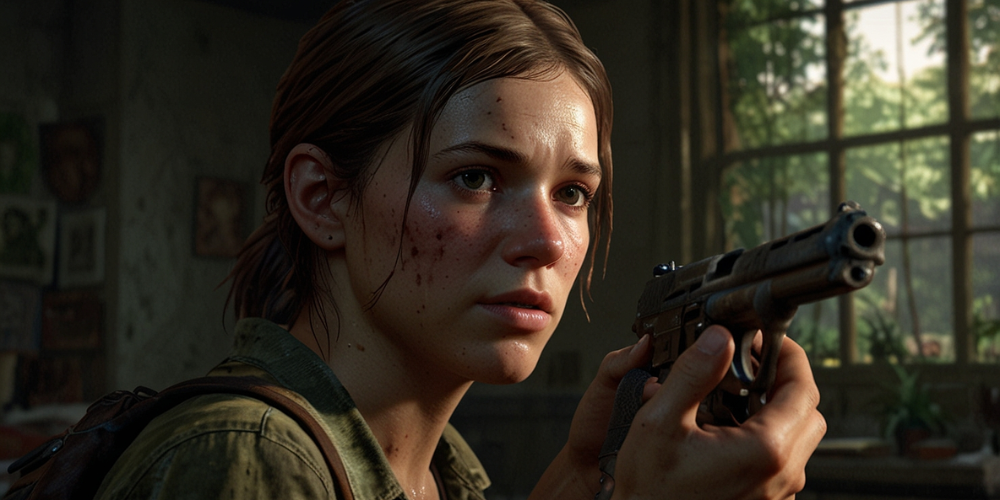The Storytelling Techniques in The Last of Us' Franchise
Sep-22-2024

The first time I stepped into the world of The Last of Us, I was immediately drawn into a narrative that felt profoundly human. The storytelling techniques used in this franchise are not just mere devices; they are the very heartbeat of the game, crafting an experience that lingers long after the screen turns dark. From the characters to the setting, each element contributes to a tapestry of emotion, survival, and the essence of humanity.
Character Depth and Development
One of the most striking aspects I encountered was the depth of the characters. Joel and Ellie aren't just survivors in a post-apocalyptic world; they embody the spectrum of human emotions. Their growth is gradual and layered, reflecting real-life complexities. The dialogue flows naturally, and you can almost feel their pain and struggles as if they were my own. This connection is achieved through carefully written scripts and subtle performances that bring every emotion to life.
The Use of Silence
Silence can often carry more weight than dialogue, and The Last of Us knows this better than most. I found myself in moments where the absence of sound heightened the tension. Whether it was a quiet evening by the fire or a tense moment in a dilapidated building, the stillness forced me to confront the characters' fears and uncertainties. It was a brilliant technique that made me more aware of the environment's dangers.

Environmental Storytelling
The world around the characters serves as an unspoken narrative element. Each location is meticulously crafted with remnants of the past—abandoned houses filled with personal belongings, graffiti on the walls telling stories of despair and hope. As I explored these spaces, I uncovered layers of history and context that enriched my understanding of the characters' journeys. It was as if the environment was whispering stories I had to piece together.
Flashbacks and Memories
Flashbacks provide a poignant look into the characters' histories, allowing moments of introspection that deepen their motivations. These glimpses into the past allow me to understand not only what drives them but also what they stand to lose. It’s a technique that reinforces their decisions in the present, making each choice feel impactful and irreversible.
The Role of Companionship
The bond between Joel and Ellie is a cornerstone of the narrative. Their companionship is portrayed with a subtlety that makes their relationship feel authentic. The cute banter moments juxtaposed with scenes filled with tension keep me invested in both their lives. Watching their dynamic evolve from one of necessity to a deep-rooted familial bond kept me emotionally tethered to their fate.

Creating Emotional Stakes
Throughout my journey, the stakes felt remarkably high. The challenges faced by the characters were not just physical but deeply emotional. Each encounter forced me to question morality—what would I do to protect someone I care about in such a world? These scenes were often raw, putting the characters in positions that challenged their humanity, leaving me to grapple with my own values and decisions.
The Impact of Sound Design
Sound played a pivotal role in immersing me within the story. The haunting score, composed by Gustavo Santaolalla, ebbed and flowed with the narrative, enhancing every emotional beat. I often felt a swell of emotion during key scenes, where the music swelled, and my heart raced in tandem with the characters' experiences. It underscored everything—joy, sorrow, and tension, turning the simple act of experiencing the story into a visceral journey.
Dynamic Choices and Consequences
The idea of choice resonates deeply throughout the gameplay. I was often faced with decisions that challenged my morality. Do I sacrifice my safety to save a stranger? Each choice felt monumental, shaping not only my personal journey but also the broader narrative. The consequences of these decisions echoed throughout the world, a reminder of their significance.

The Relationship with Nature
The juxtaposition of beauty and decay is striking in this series. Nature, while threatening, also serves as an idyllic backdrop amidst chaos. I was often captivated by scenes of overgrown cities, lush forests reclaiming human infrastructure, and the stark contrast between life and desolation. This relationship evokes a sense of wonder but also melancholy, underscoring themes of resilience and loss.
Fostering Themes of Hope and Despair
As I navigated this world, I was repeatedly faced with themes of hope and despair. The narrative weaves these opposing forces seamlessly, creating a complex emotional landscape. Moments of levity and genuine connection between characters shone brightly against the dark backdrop, leaving me with a feeling of cautious optimism amidst the chaos.
Symbolism and Metaphor
Every detail in The Last of Us serves a purpose, often laden with symbolism. The infected can be seen as a metaphor for the decay of humanity, while the characters embody varied responses to this decay. This interplay of symbolism urges me to think critically about the implications of survival and what it means to remain human in a fragile world.
Subverting Expectations
What I found particularly engaging was how the narrative subverted traditional tropes. Expectations were constantly challenged, whether through character arcs or plot directions. When I thought I knew where the story was heading, it pivoted in unexpected ways, enhancing my engagement and emotional investment.

Visual Storytelling
The artistry of The Last of Us plays a vital role in conveying its narrative. The graphics are not merely about aesthetics; their detailed visuals serve as an extension of the storytelling. Through facial expressions, character movements, and environmental details, I witnessed a symphony of visual cues that deepened the emotional experience, often saying more than words ever could.
The Unflinching Representation of Violence
Violence in The Last of Us is not glorified but presented as grim reality. I often felt discomfort when engaging in combat, a stark reminder that each action has consequences. This unflinching portrayal made me ponder the cost of survival and the toll it takes on one's humanity, pushing me to evaluate my own beliefs about violence and choices.
Rounding Out the Narrative with Side Stories
Even the side characters in The Last of Us are crafted with care, each bringing additional layers to the fabric of the story. Encountering these characters gave me a broader perspective on the world, showcasing different survival stories and moral dilemmas. These interactions enriched my understanding of the main characters, highlighting the complexity of choices in a fractured world.
Conclusion
Experiencing The Last of Us was more than playing a game; it was an exploration of storytelling techniques that speak to the human experience. Every element—from character development to environmental storytelling—crafted an emotional journey I felt viscerally. The franchise left an indelible mark on my perception of narrative in gaming and, perhaps more significantly, on my understanding of humanity itself.







